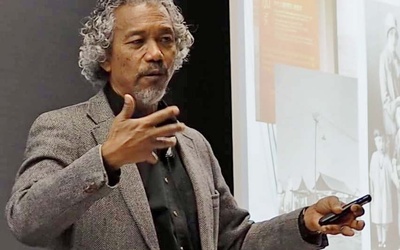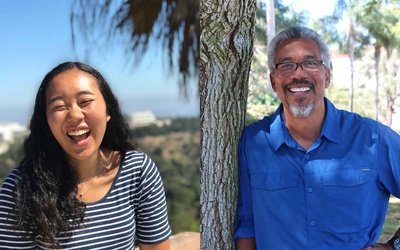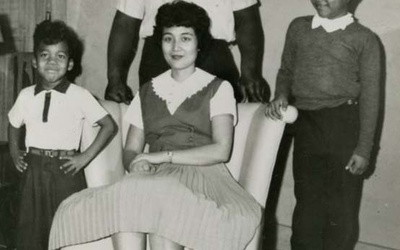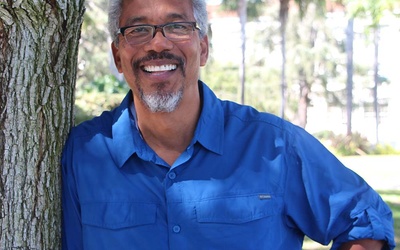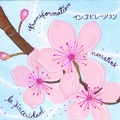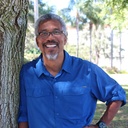
Curtiss Takada Rooks
@ctrooksDr. Curtiss Takada Rooks is Program Coordinator of Asian Pacific American Studies and Assistant Professor at Loyola Marymount University whose research addresses ethnic and multiracial community and identity. He also serves on the US Japan Council Board of Directors, US Japan Bridging Foundation Board of Directors, Japan America Society of Southern California, Board of Governors and is a member of both the West Los Angeles Japanese American United Methodist Church and Senshin Temple Adult Buddhist Association (S.A.B.A).
Updated April 2024
Stories from This Author
Hoping for a Rainbow
April 18, 2024 • Curtiss Takada Rooks , traci kato-kiriyama
We are overjoyed to again feature Dr. Curtiss Takada Rooks in this springtime edition of the Nikkei Uncovered poetry column. Professor and Los Angeles-based creative, Dr. Takada Rooks offers us two wondrous and personal pieces of memory, homage, and hope - inviting us to recall the songs of our families, learn those of another, and lean into the love that is sometimes offered to us by a simple, storied kneading of dough. Enjoy... —traci kato-kiriyama * * * * * …
Wonder
Dec. 17, 2020 • Curtiss Takada Rooks , Mariko Fujimoto Rooks , traci kato-kiriyama
To close out 2020 and recognize it as a time of challenge, reckoning and coming together, we are excited to end on a strong and beautiful note with this month's feature. We are happy to host the return to Nikkei Uncovered by Mariko Fujimoto Rooks and, this time, feature Mariko alongside her father, Dr. Curtiss Takada Rooks (while it's his first time in this poetry column, he is certainly no stranger to Discover Nikkei). You'll want to check out essays …
Reflections on Being Mixed, but Not Mixed Up
July 6, 2020 • Curtiss Takada Rooks
My mother was Japanese. My father was Black (African American). My father was Black. My mother was Japanese. I am Black. I am Japanese. I am both. I am Japanese. I am Black. I am both. Born during the post-WWII occupation and establishment of an ongoing U.S. military presence in Japan, my existence, and hence my “mixedness,” exists in the conflicting nexus of human interaction and government policy as both the U.S. and Japan eschewed interracial relationships, particularly among non-commissioned …
On Being Japanese American
Oct. 26, 2007 • Curtiss Takada Rooks
The U.S. military occupation of Japan following World War II resulted in the largest cohort of Japanese immigration of Japanese to the U.S. since the 1924 Immigration Act. This migration of Japanese women married to U.S. soldiers drastically changed the make up and complexion of the Japanese American community as these immigrant interracial American and Japanese families brought with them multiracial Japanese/Japanese American children. What does it mean to be Japanese? To be Black? To be both, at the same …

